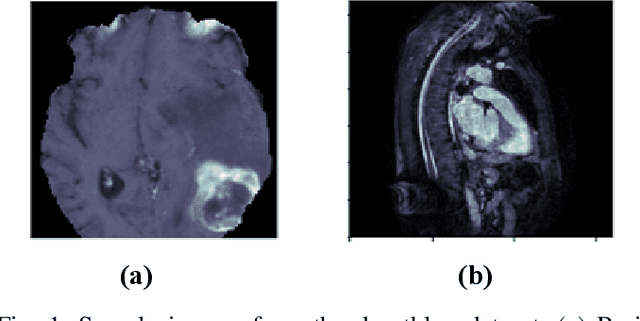Implementation of a Modified U-Net for Medical Image Segmentation on Edge Devices
Paper and Code
Jun 06, 2022



Deep learning techniques, particularly convolutional neural networks, have shown great potential in computer vision and medical imaging applications. However, deep learning models are computationally demanding as they require enormous computational power and specialized processing hardware for model training. To make these models portable and compatible for prototyping, their implementation on low-power devices is imperative. In this work, we present the implementation of Modified U-Net on Intel Movidius Neural Compute Stick 2 (NCS-2) for the segmentation of medical images. We selected U-Net because, in medical image segmentation, U-Net is a prominent model that provides improved performance for medical image segmentation even if the dataset size is small. The modified U-Net model is evaluated for performance in terms of dice score. Experiments are reported for segmentation task on three medical imaging datasets: BraTs dataset of brain MRI, heart MRI dataset, and Ziehl-Neelsen sputum smear microscopy image (ZNSDB) dataset. For the proposed model, we reduced the number of parameters from 30 million in the U-Net model to 0.49 million in the proposed architecture. Experimental results show that the modified U-Net provides comparable performance while requiring significantly lower resources and provides inference on the NCS-2. The maximum dice scores recorded are 0.96 for the BraTs dataset, 0.94 for the heart MRI dataset, and 0.74 for the ZNSDB dataset.
 Add to Chrome
Add to Chrome Add to Firefox
Add to Firefox Add to Edge
Add to Edge